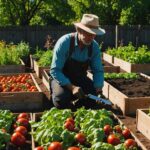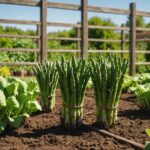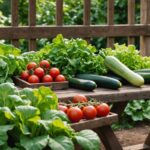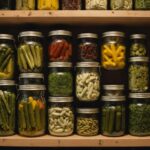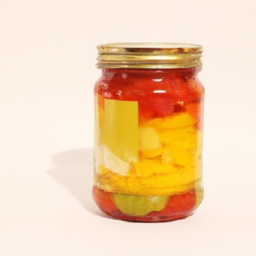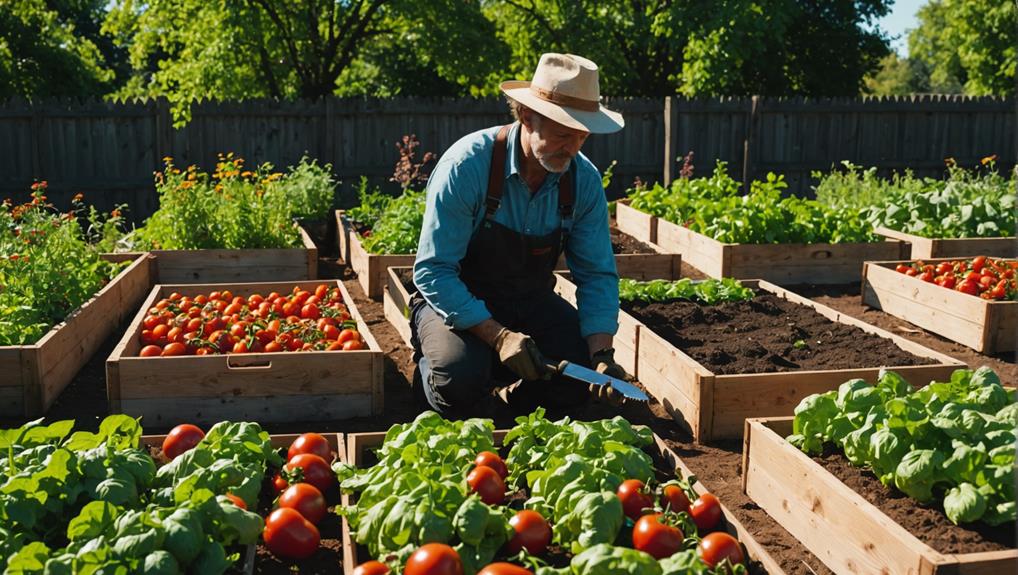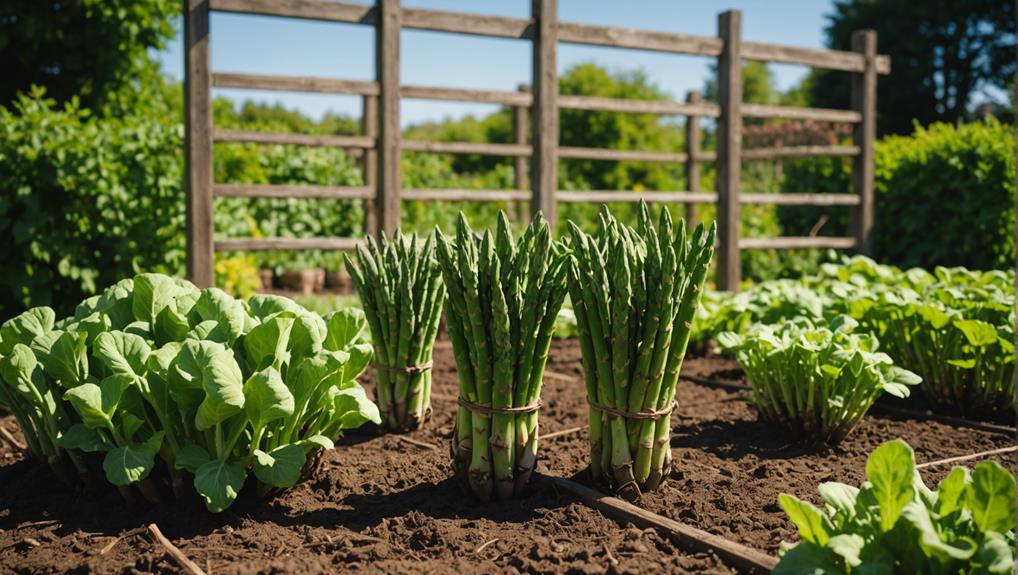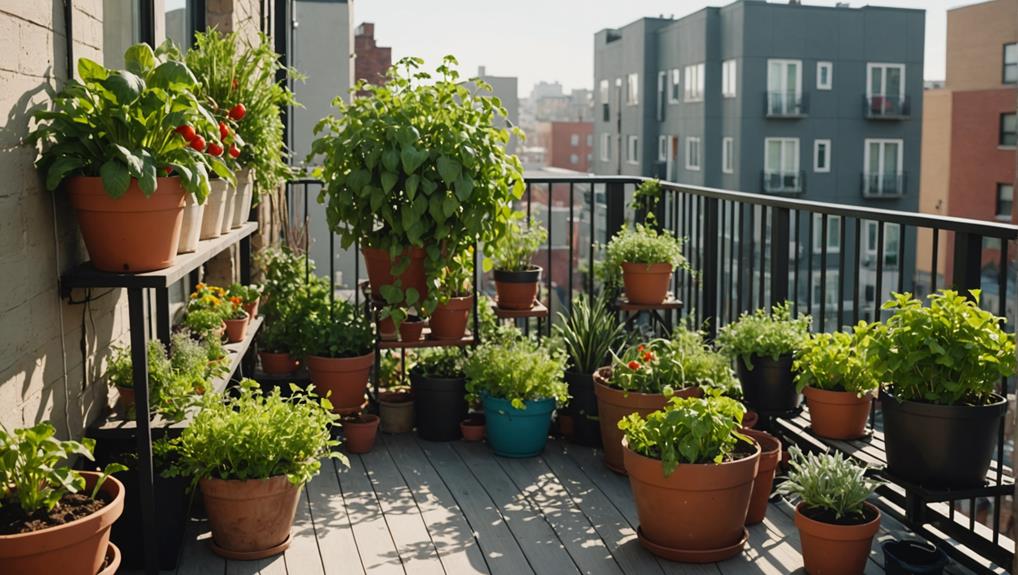As an Amazon Associate I earn from qualifying purchases.
Have you ever wondered how you would survive in a situation where food is scarce? It’s a scary thought, but thankfully, there are techniques you can learn to preserve food for longer periods of time. In this article, we’ll discuss some of the best techniques for survival food preservation. So, grab a snack (that hopefully won’t need preserving!) and let’s get into it.
First up, let’s talk about canning. This is perhaps one of the oldest and most trusted methods of food preservation. By sealing food in airtight containers and heating them to a high temperature, you can kill off any bacteria or microorganisms that would otherwise spoil the food. The great thing about canning is that it works for a wide range of foods, allowing you to preserve fruits, vegetables, and even meats. We’ll delve into the different canning methods and tips in more detail later.
Next on our list is dehydration. This technique involves removing the moisture from the food, which helps to prevent the growth of bacteria and mold. Dehydrated foods not only have a longer shelf life, but they also retain most of their original taste and nutritional value. You can use a food dehydrator or even your oven to dehydrate fruits, vegetables, and meats. We’ll explore the different ways to dehydrate food and provide useful tips for successful dehydration.
Lastly, let’s talk about freezing. Freezing is a tried and true method of preserving food, and for good reason. By lowering the temperature, you inhibit the growth of bacteria, yeast, or mold, allowing your food to last much longer. Freezing can be particularly useful for preserving meats, as well as pre-cooked meals or leftovers. We’ll cover the best practices for freezing food, such as proper packaging techniques and thawing methods.
In this article, we’ve only scratched the surface of survival food preservation techniques. There is so much more to learn, from pickling and fermenting to smoking and salting. So, stay tuned as we dive deeper into the world of survival food preservation and arm you with the knowledge you need to ensure your pantry is well-stocked in any crisis.
Introduction
Survival food preservation is an essential skill for anyone looking to ensure their long-term well-being in times of uncertainty or emergencies. When faced with natural disasters, pandemics, or economic crises, having a stockpile of food that can last for an extended period of time can provide peace of mind and security. In this article, we will explore the best techniques for survival food preservation, including canning, dehydration, smoking, fermentation, freezing, pickling, vacuum sealing, and root cellaring. By mastering these techniques, you can prolong the shelf life of various foods and ensure that you have a reliable food source in even the most challenging circumstances.
1. Canning
Canning is one of the oldest and most widely used methods of food preservation. It involves sealing food in jars or cans and then heating them to destroy any microorganisms that could cause spoilage. The basic steps for canning food are relatively simple and can be done with minimal equipment and ingredients.
To start, gather your jars, lids, and bands, making sure they are clean and in good condition. Next, prepare your food by washing, peeling, and cutting it into the desired size. Place the food in the jars, leaving a suitable headspace, and add any necessary liquids or seasonings. Finally, seal the jars with the lids and bands, and process them in a water bath or pressure canner, depending on the acidity of the food.
There are different methods of canning, including water bath canning and pressure canning. Water bath canning is suitable for high-acid foods such as fruits, jams, and pickles, while pressure canning is necessary for low-acid foods like meat, poultry, and vegetables. It is essential to follow appropriate recipes and guidelines for each method to ensure proper preservation and prevent the growth of harmful bacteria.
2. Dehydration
Dehydration is another effective technique for survival food preservation. It involves removing the moisture from food, which inhibits the growth of bacteria, yeasts, and molds that cause spoilage. Dehydrated foods are lightweight, compact, and have a long shelf life, making them an excellent choice for emergency food supplies.
Before dehydrating food, it is important to prepare it properly. Wash and peel fruits and vegetables, blanch them briefly to preserve color and nutrients, and slice them evenly for even drying. For meat, poultry, and fish, it is best to marinate or pre-cook them before dehydration.
There are several methods for dehydrating food, including air drying, sun drying, and using dehydrators or ovens. Air drying and sun drying are the most traditional methods but may take longer, while dehydrators and ovens provide quicker and more controlled results. Whichever method you choose, ensure that the food is fully dry to prevent spoilage and store it in airtight containers or vacuum-sealed bags.
3. Smoking
Smoking food for preservation not only adds flavor but also acts as a natural preservative, inhibiting the growth of bacteria and extending the shelf life of the food. Smoking works by exposing the food to smoke produced from burning wood or other materials, which contains antimicrobial compounds.
There are various benefits of smoking food for preservation. It enhances the taste and aroma of the food, improves its texture, and increases its shelf life. Smoked meats, fish, and cheese can last for weeks or even months when stored properly.
To smoke food, you will need a smoker, which can be a charcoal smoker, electric smoker, or even a homemade smoker. Different types of wood chips or sawdust can be used to impart different flavors to the food. The smoking process involves preparing the food, setting up the smoker, maintaining the correct temperature and smoke level, and smoking the food for the recommended time.
4. Fermentation
Fermentation is a traditional preservation method that has been used for centuries to create flavorful and nutritious foods. It is the process of converting sugars into acids, gases, or alcohol using microorganisms such as bacteria, yeast, or fungi. Fermented foods not only have extended shelf life but also offer health benefits due to the presence of beneficial bacteria.
Understanding the fermentation process is crucial for successful preservation. The process requires a combination of food, salt, and water, and the right environment for the microorganisms to thrive. Fermentation can be done with various types of vegetables and fruits, including cabbage for sauerkraut or kimchi, cucumbers for pickles, and grapes for wine.
To ferment vegetables and fruits, start by preparing the food and creating a brine solution using salt and water. Pack the food tightly into clean jars, ensuring that there is enough brine to completely cover the food. Allow the fermentation process to take place at room temperature for the required time, then store the fermented food in the refrigerator or a cool, dark place.
5. Freezing
Freezing is a popular method of food preservation, especially for those who have access to electricity. It is a simple and convenient way to extend the shelf life of many foods, including meats, vegetables, fruits, and prepared meals.
Proper packaging and storage are essential for freezer preservation. Ensure that the food is properly wrapped or sealed to prevent freezer burn and avoid moisture loss. Use freezer-safe containers, plastic bags, or vacuum-sealed bags to minimize air exposure. Label the packages with the contents and date to keep track of the storage time.
Different types of food may require specific techniques for freezing. Blanching vegetables before freezing helps preserve their color, texture, and nutrients. Fruits can be frozen either whole or sliced, depending on how they will be used. Meats should be properly wrapped or sealed to prevent freezer burn, and cooked meals should be cooled before freezing.
6. Pickling
Pickling is a preservation method that involves immersing food in a solution of vinegar, water, salt, and spices. The acidity of the pickling solution inhibits the growth of bacteria, making pickled foods safe for long-term storage without refrigeration.
Choosing the right ingredients is crucial for successful pickling. Use fresh and firm vegetables or fruits, such as cucumbers, carrots, onions, or peppers, and ensure they are thoroughly cleaned. The pickling solution can be customized with various types of vinegar, such as white vinegar, apple cider vinegar, or rice vinegar, and spices like dill, garlic, or peppercorns.
To pickle food, prepare the vegetables or fruits and pack them tightly into sterilized jars. Heat the pickling solution until boiling, then pour it over the food, leaving a suitable headspace. Seal the jars and process them in a boiling water bath or store them in a cool, dark place for a few weeks to allow the flavors to develop.
7. Vacuum sealing
vacuum sealing is a popular method of long-term food preservation that involves removing the air from the packaging to create a vacuum seal. This method helps to prevent the growth of bacteria, molds, and yeasts, keeping food fresh for extended periods.
The advantages of vacuum sealing for long-term preservation are numerous. It helps to retain the color, texture, and flavor of the food, prevents freezer burn, and reduces waste by extending shelf life. Vacuum-sealed food is also more compact and lightweight, making it easier to store and transport.
Using vacuum sealers correctly is essential for effective preservation. Start by sealing dry foods in vacuum-sealed bags or containers. For moist or liquid foods, use a vacuum sealer with a canister attachment. Place the food in the bag or container, leaving enough space for the seal. Use the vacuum sealer to remove the air and create a tight seal, then store the vacuum-sealed packages in a cool, dark place or in the freezer.
8. Root cellaring
Root cellaring is a traditional method of food preservation that involves storing root vegetables and other produce in a cool, dark, and humid environment. It is an ideal method for those without access to electricity or modern preservation techniques.
Creating an ideal root cellar environment is crucial for successful root cellaring. Choose a location that is cool, ideally between 32°F and 40°F (0°C and 4°C), with a humidity level of around 90%. The cellar should be well-ventilated to prevent the buildup of ethylene gas, which can cause spoilage. Shelves or containers should be used to organize the stored produce and allow air circulation.
Storing root vegetables and other produce requires proper handling and preparation. Harvest the vegetables at the right time, removing any damaged or diseased ones. Clean the vegetables by gently brushing off any soil, being careful not to damage the skins. Store the vegetables in crates, baskets, or containers, making sure they are not touching and allowing for air circulation.
Conclusion
Choosing the right preservation method for your needs is essential when it comes to survival food preservation. Each technique has its advantages and considerations, so it is important to assess your resources, available ingredients, and storage conditions. By mastering the best techniques for survival food preservation, you can create a reliable and sustainable food source, ensuring your well-being and security in challenging times. Remember to always follow proper guidelines and recipes for each method to maximize food shelf life and prevent spoilage. With these techniques in your arsenal, you can confidently face any situation knowing that you have taken steps to ensure your food supply.
As an Amazon Associate I earn from qualifying purchases.
